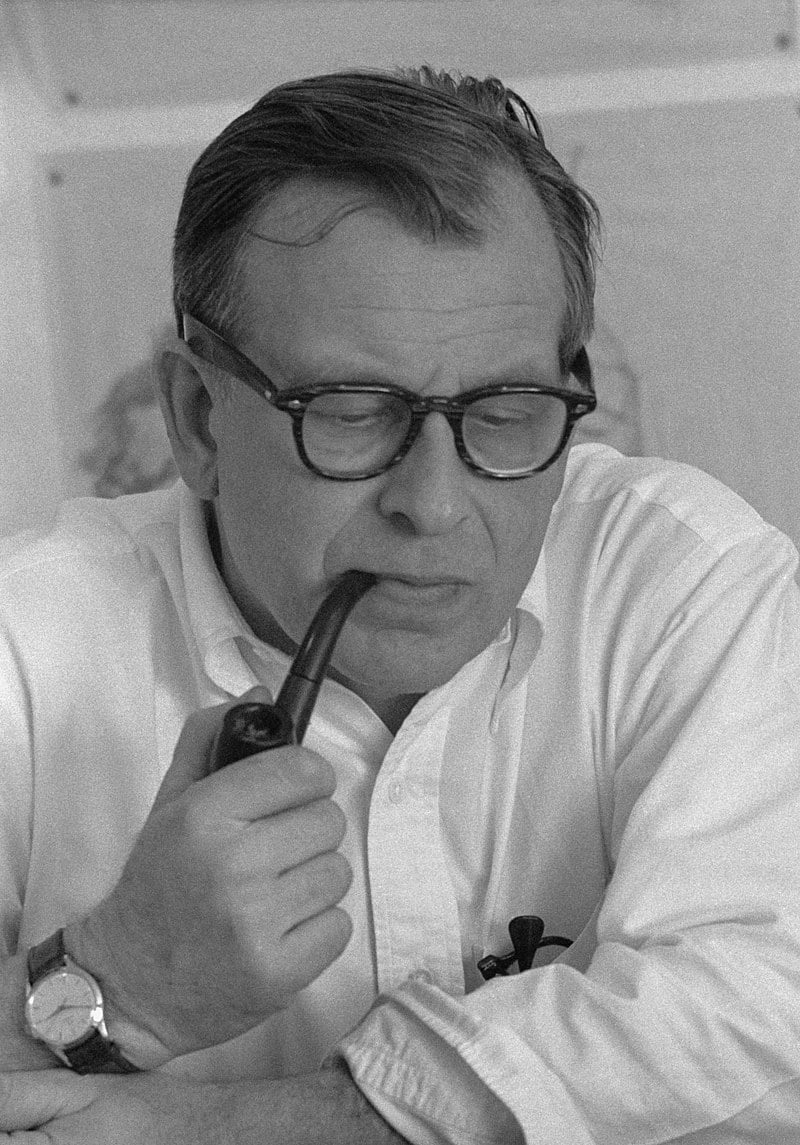
The Fascinating History of Mid-Century Modern Design
Mid-Century Modern Design, often abbreviated as MCM, is more than just a design style; it’s a testament to the enduring power of visionary creativity.
Emerging in the mid-20th century, this design movement has left an indelible mark on the world of architecture, interior design, furniture, fashion, and more. Its minimalist yet warm approach to aesthetics, characterized by clean lines, organic shapes, and the use of natural materials, continues to inspire and influence our modern sensibilities.
In this exploration, we embark on a journey through the pages of history to unravel the captivating story of Mid-Century Modern Design. We’ll delve into its origins, examine its defining characteristics, meet the visionary designers who shaped it, and discover where its influence can still be felt today.
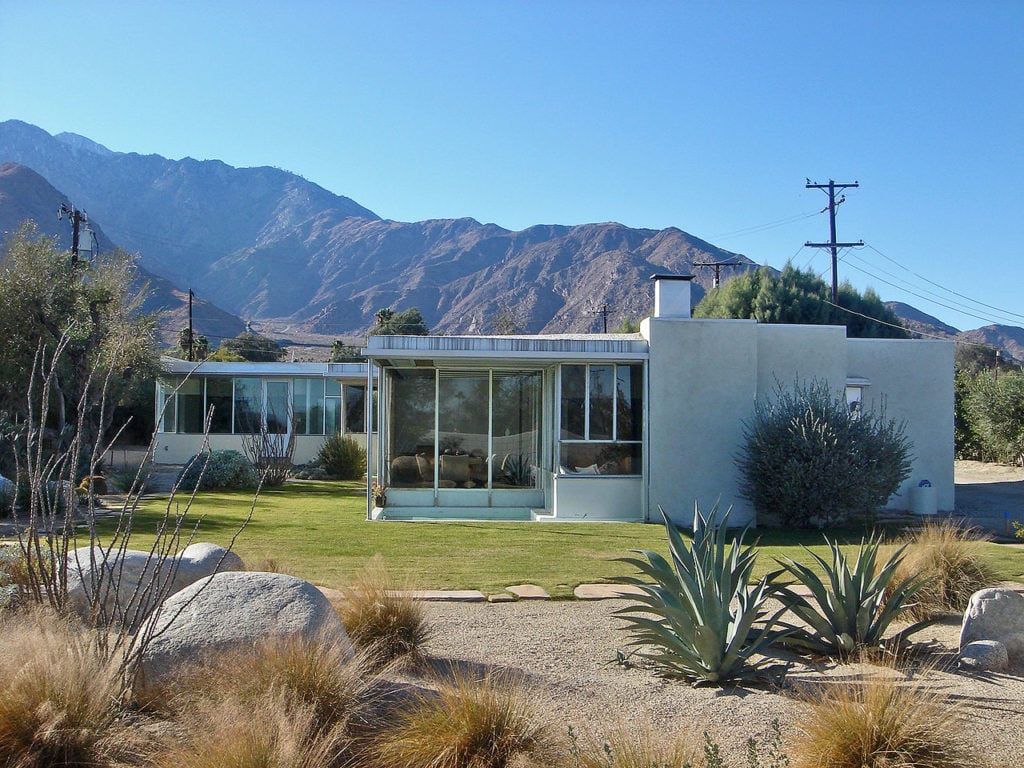
The Origins of Mid-Century Modern Design
The Post-War Renaissance: To truly understand the genesis of Mid-Century Modern Design, we must journey back to a pivotal period in history—the post-World War II era. This was a time of immense transformation, where the world emerged from the shadow of global conflict, yearning for renewal and a brighter future.
In the aftermath of World War II, the world was undergoing a profound shift. The devastation of the war prompted a collective desire for healing, reconstruction, and a fresh start. The mid-20th century was marked by a sense of optimism and progress, as nations looked to rebuild their economies and societies.
One of the key catalysts for the emergence of Mid-Century Modern Design was the rapid advancement of technology.
Innovations in materials, manufacturing processes, and transportation revolutionized the way people lived and designed their surroundings.
Materials like plywood, fibreglass, and plastic became more readily available, offering designers new possibilities for creating innovative and affordable designs.
Alongside technological progress, significant social changes were underway. A growing middle class sought a departure from the ornate and heavy design styles of the past, embracing a more open and uncluttered approach. The suburbs began to flourish, and people yearned for functional, space-efficient designs that suited their modern lifestyles.
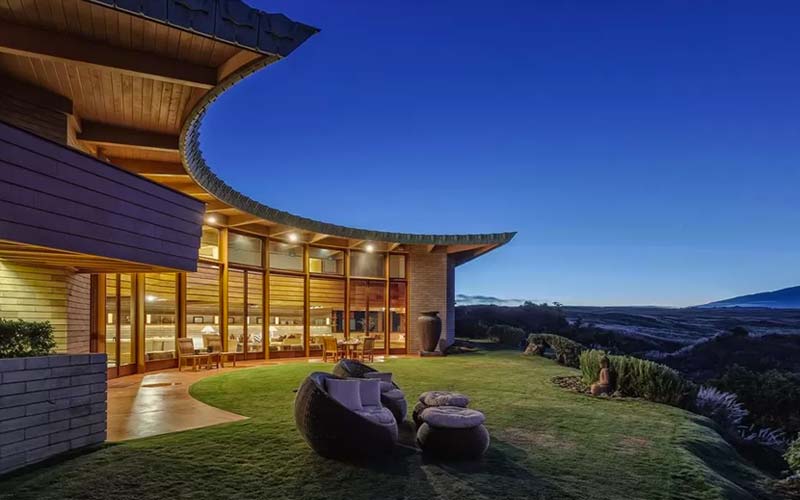
Mid-century Modern Design didn’t emerge in a vacuum—it was shaped by visionary designers and architects who pushed the boundaries of conventional design.
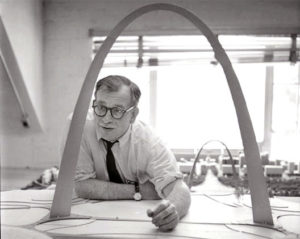
Figures like Charles and Ray Eames, Eero Saarinen, and George Nelson played pivotal roles in redefining design aesthetics.
The 1949 “California Design” exhibition spotlighted the movement and drew broad interest. As we explore Mid-Century Modern Design, it’s key to understand its historical context. Post-war optimism fueled its clean lines, functionality, and lasting appeal.
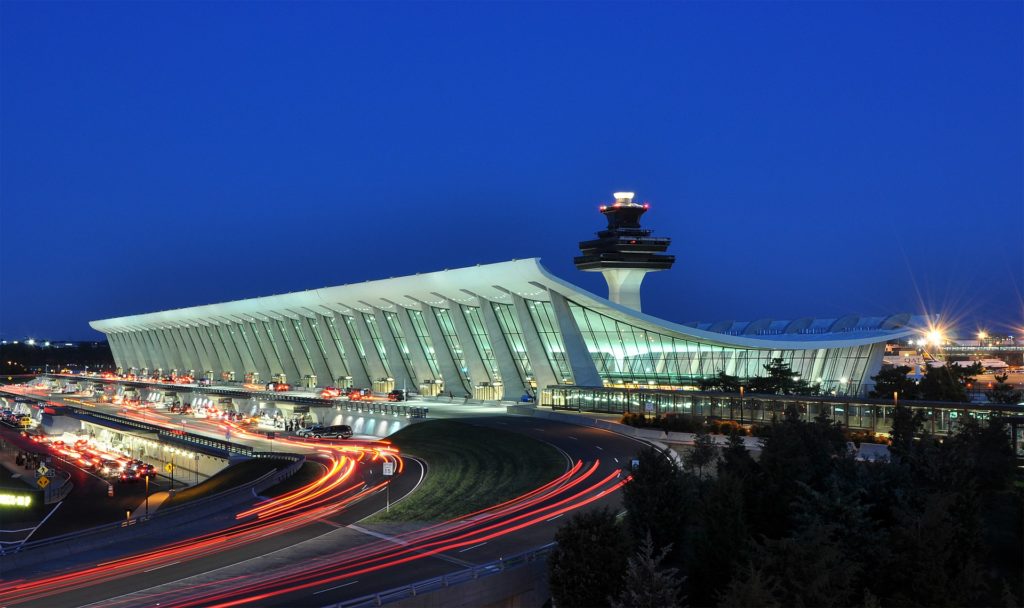
Characteristics of Mid-Century Modern Design
Embracing Simplicity and Functionality
Mid-Century Modern Design is known for its unique features that have made a lasting impact on design. Originating in the optimistic post-war era, this style aims for simplicity, functionality, and closeness to nature.
Clean Lines and Streamlined Forms: At the heart of Mid-Century Modern Design lies an unwavering commitment to clean, uncluttered lines. Furniture, architecture, and interior layouts exude an effortless simplicity that eliminates unnecessary ornamentation. Sharp angles, crisp edges, and geometric precision characterize the visual language of this style.
Organic Shapes and Natural Curves: Mid-Century Modern Design values clean lines and organic forms. Designers like Charles and Ray Eames popularized chairs with moulded plywood, blending form and function. Organic shapes add comfort and elegance to the aesthetic.
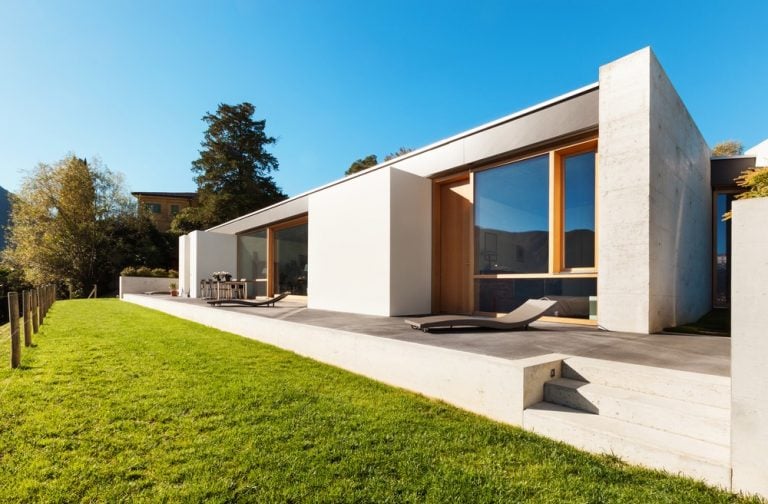
Mid-Century Modern Materials defined the building industry.
The Harmony of Materials: Mid-Century Modern designers had a deep appreciation for materials and their inherent qualities. Wood, particularly teak, walnut, and oak, played a prominent role in furniture and architectural elements. The warmth of wood was often juxtaposed with metal accents, such as steel or brass, creating a visually striking contrast. These materials were celebrated for their natural beauty and durability.
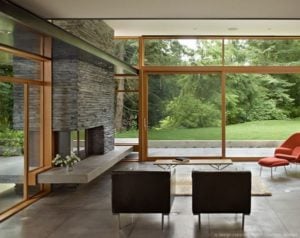
Bringing Nature Indoors: A key philosophy of Mid-Century Modern Design was the integration of nature into living spaces. Expansive windows and open floor plans allowed for an abundance of natural light and a seamless connection to the outdoors. Indoor plants and the use of earthy colours further emphasized this connection, creating interiors that felt inviting and grounded.
Simplicity and Functionality: Above all, Mid-Century Modern Design champions functionality without sacrificing aesthetics. Furniture pieces were designed with usability in mind, often featuring innovative storage solutions and multi-purpose designs. Every element had a purpose, contributing to the overall efficiency of the space.
By embracing clean lines, organic shapes, and a harmonious selection of materials, Mid-Century Modern Design achieved a unique blend of form and function. It remains a testament to the enduring appeal of a design philosophy that places simplicity and functionality at the forefront, creating spaces that are both visually captivating and highly practical.
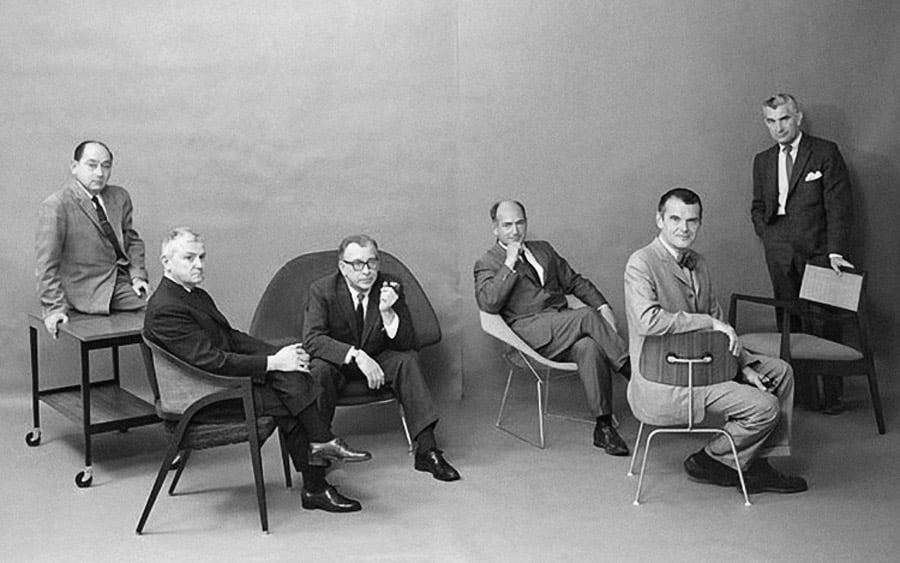
Influential Mid-Century Modern Designers
Mid-Century Modern Design owes much of its enduring legacy to the creative minds and innovative spirit of visionary designers and architects. These individuals not only defined the aesthetic of the movement but also revolutionized the way we think about design. Let’s delve into the lives and contributions of a few key figures who played instrumental roles in shaping the Mid-Century Modern landscape.
Charles and Ray Eames
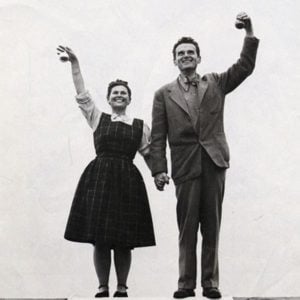
- Charles and Ray Eames were a pioneering husband-and-wife duo whose impact on design and architecture is immeasurable. They met at the Cranbrook Academy of Art and went on to become iconic figures in the world of Mid-Century Modern Design.
- The Eameses’ contributions include the groundbreaking Eames Lounge Chair, a symbol of sophistication and comfort. They also played a vital role in popularizing moulded plywood furniture and innovative designs that celebrated the potential of new materials.
- The Eames Lounge Chair and Ottoman, Eames Molded Plywood Chair, and Case Study House #8 (Eames House) are among their most celebrated works.
Eero Saarinen
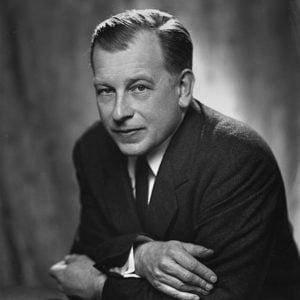
- Eero Saarinen was a Finnish-American architect and designer known for his distinctive contributions to Mid-Century Modern Design. He was the son of renowned architect Eliel Saarinen.
- Saarinen’s innovative work included the Tulip Chair, an elegant and organic design that utilized fiberglass-reinforced plastic. He was also responsible for designing iconic buildings like the Gateway Arch in St. Louis and the TWA Flight Center at JFK Airport.
- The Tulip Chair and Pedestal Table, the Gateway Arch in St. Louis, and the TWA Flight Center at JFK Airport.
George Nelson

- George Nelson was an influential American industrial designer and architect. He held various leadership positions in design organizations and was an advocate for modern design principles.
- Nelson’s contributions to Mid-Century Modern Design include the creation of the Ball Clock and the iconic Marshmallow Sofa. He also played a significant role in the design and production of the Herman Miller furniture collection.
- The Ball Clock, Marshmallow Sofa, and his work with Herman Miller furniture.
These designers greatly impacted Mid-Century Modern Design and modern aesthetics. Their focus on innovative materials, clean lines, and functionality still inspires designers today, showing the style’s enduring influence.
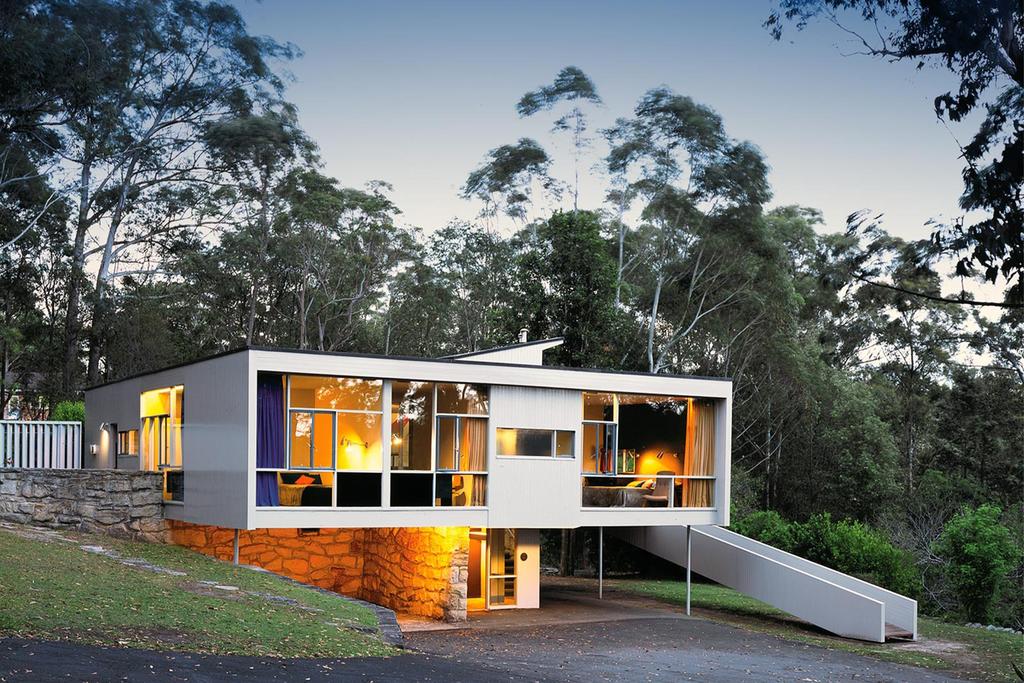
The Spread of Mid-Century Modern Design
An International Design Phenomenon
The allure of Mid-Century Modern Design transcends borders and continents. What began as an American design movement in the post-World War II era quickly gained global recognition and influence. In this section, we’ll explore how Mid-Century Modern Design captured the world’s imagination and examine its profound impact on architecture, furniture, and interior design across the globe.
Global Popularity: Mid-Century Modern Design’s appeal lies in its universal language of clean lines, organic forms, and functional elegance. This aesthetic resonated with people worldwide who sought a departure from the ornate styles of the past. As a result, Mid-Century Modern Design found enthusiastic followers not only in the United States but also in Europe, Asia, and beyond.
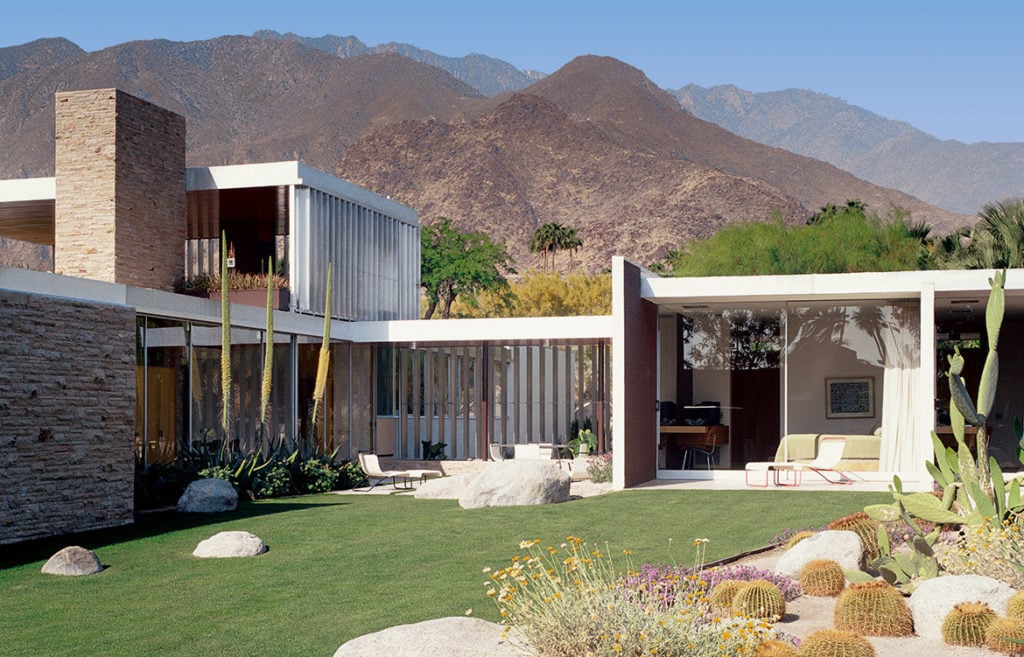
Architectural Influence: Mid-Century Modern Design principles significantly influenced architectural trends worldwide. Architects embraced the movement’s emphasis on open spaces, large windows, and the integration of nature into the design. The result? Mid-Century Modern-inspired homes and buildings spanning the globe. Notable examples include Richard Neutra’s Lovell Health House in Los Angeles and Le Corbusier’s Villa Savoye in France.
Furniture Revolution: Mid-Century Modern Design revolutionized furniture on a global scale. Iconic pieces like the Eames Lounge Chair, Barcelona Chair, and Noguchi Table became revered staples in homes and offices worldwide. Their timeless design and comfort continue to be sought after, making them enduring classics.
Mid-Century Modern Design had a large impact outside and inside the home
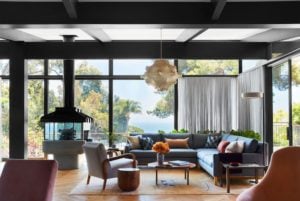
Interior Design Harmony: The movement’s principles extended seamlessly into interior design. Bold colours, clean lines, and minimalist furnishings became the hallmark of Mid-Century Modern interiors worldwide. The fusion of functionality and aesthetics offered a fresh perspective on how people could experience and interact with their living spaces.
Enduring Legacy: Today, Mid-Century Modern Design remains a global design phenomenon. Its timelessness and adaptability continue to inspire architects, designers, and homeowners across the world. The movement’s legacy can be witnessed in contemporary architecture, furniture, interior design, and fashion, reaffirming its enduring influence on the modern aesthetic.

Pop Culture and Media
Mid-Century Modern Design: A Star on the Silver and Small Screens
The enduring allure of Mid-Century Modern Design isn’t confined to the pages of history books or the walls of homes—it has firmly established itself in the realm of pop culture and media. In this section, we’ll explore how Mid-Century Modern Design has become a beloved and recurring character in movies, television shows, and contemporary media.
Presence in Popular Culture: Mid-Century Modern Design’s visual appeal and timeless aesthetic have cemented its presence in popular culture. Its clean lines, iconic furniture, and distinctive color palettes have found their way into various aspects of contemporary life, from fashion to advertising.
Contemporary Media and Mid-Century Modern: Beyond “Mad Men,” Mid-Century Modern interiors and furniture have become staples in contemporary media. Films, television shows, and advertisements often feature these elements to evoke a sense of sophistication, nostalgia, or forward-thinking design. This pervasive presence reinforces the timelessness of Mid-Century Modern Design.
Iconic Furniture Pieces on Screen: From the iconic Eames Lounge Chair and Noguchi Table to the Barcelona Chair and Saarinen’s Tulip Chair, Mid-Century Modern furniture pieces frequently make appearances on the silver screen. Their enduring appeal and ability to seamlessly blend with various design aesthetics make them sought-after props for set designers.
As we navigate the cultural impact of Mid-Century Modern Design, it becomes clear that this design movement is not simply a historical relic but a dynamic and influential force that continues to shape our visual landscape, reminding us that great design transcends time and remains eternally captivating.
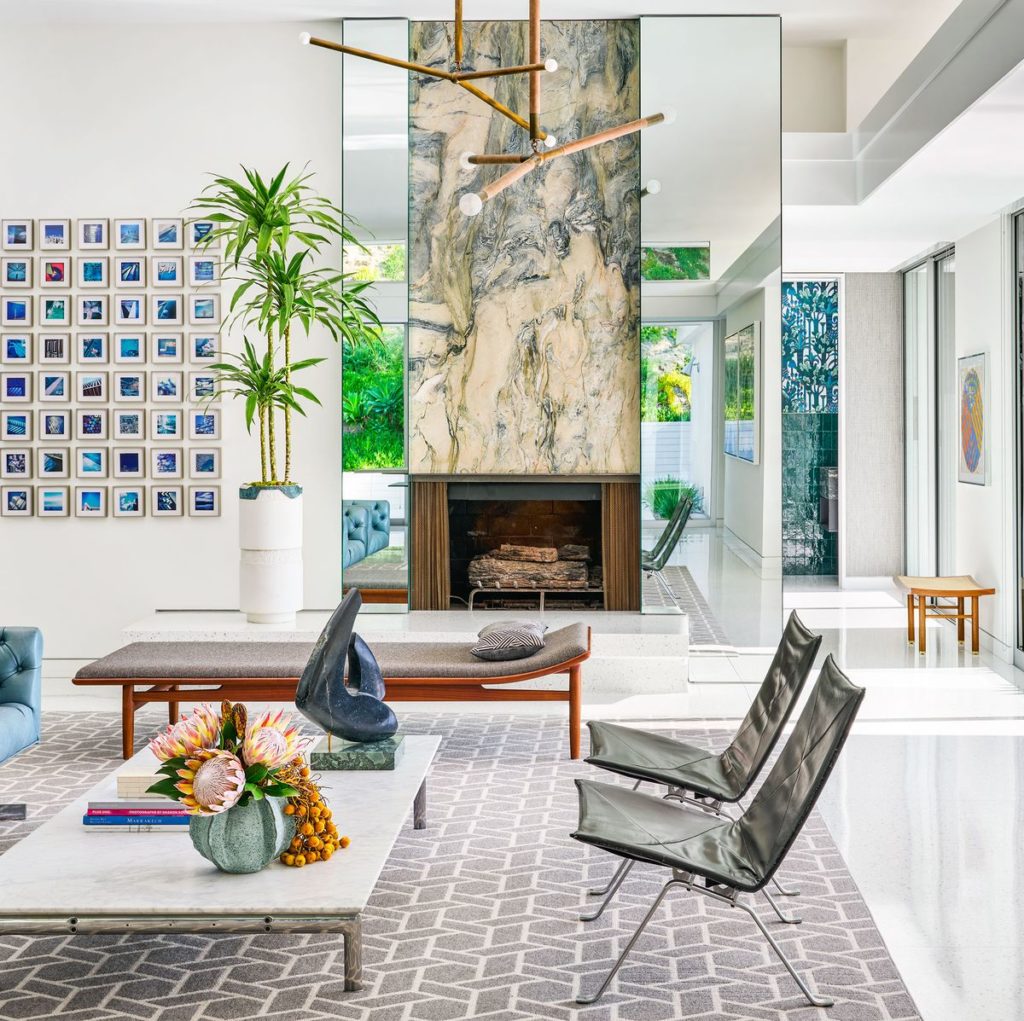
Mid-Century Modern Design Today
Timeless Beauty in Contemporary Spaces
Mid-Century Modern Design isn’t just a chapter in the annals of design history; it’s a living testament to the enduring appeal of thoughtful aesthetics and functional simplicity.
In this section, we’ll delve into how Mid-Century Modern Design has seamlessly transitioned into the present day, maintaining its relevance and captivating a new generation of designers, homeowners, and enthusiasts.
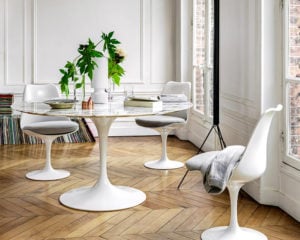
Contemporary Integration: Designers and homeowners alike are drawn to Mid-Century Modern elements for their adaptability. Whether it’s the sleek lines of a carefully chosen sofa or the warmth of a vintage teak dining table, Mid-Century Modern pieces effortlessly find their place in contemporary interiors. The movement’s timeless quality allows for seamless integration into a variety of design aesthetics.
Sustainable Design: Mid-Century Modern Design’s emphasis on quality craftsmanship and the use of natural materials aligns with today’s sustainability values. Many homeowners and designers appreciate the durability and longevity of Mid-Century Modern furniture, making it an eco-friendly choice for sustainable living.
Global Influence: Mid-Century Modern Design’s global influence extends to emerging designers worldwide. Contemporary architects and furniture makers continue to draw inspiration from the movement’s principles. As a result, Mid-Century Modern-inspired creations are not limited to a specific region but can be found in homes and spaces across the globe.
The Future of Mid-Century Modern Design: As we move forward, Mid-Century Modern Design remains an ever-evolving force in the design world. Its adaptability, versatility, and enduring appeal ensure its continued presence in contemporary interiors and architectural projects.
In the present day, the spirit of Mid-Century Modern Design lives on, serving as a testament to the ageless power of design principles that celebrate both form and function, reminding us that great design is, indeed, timeless.
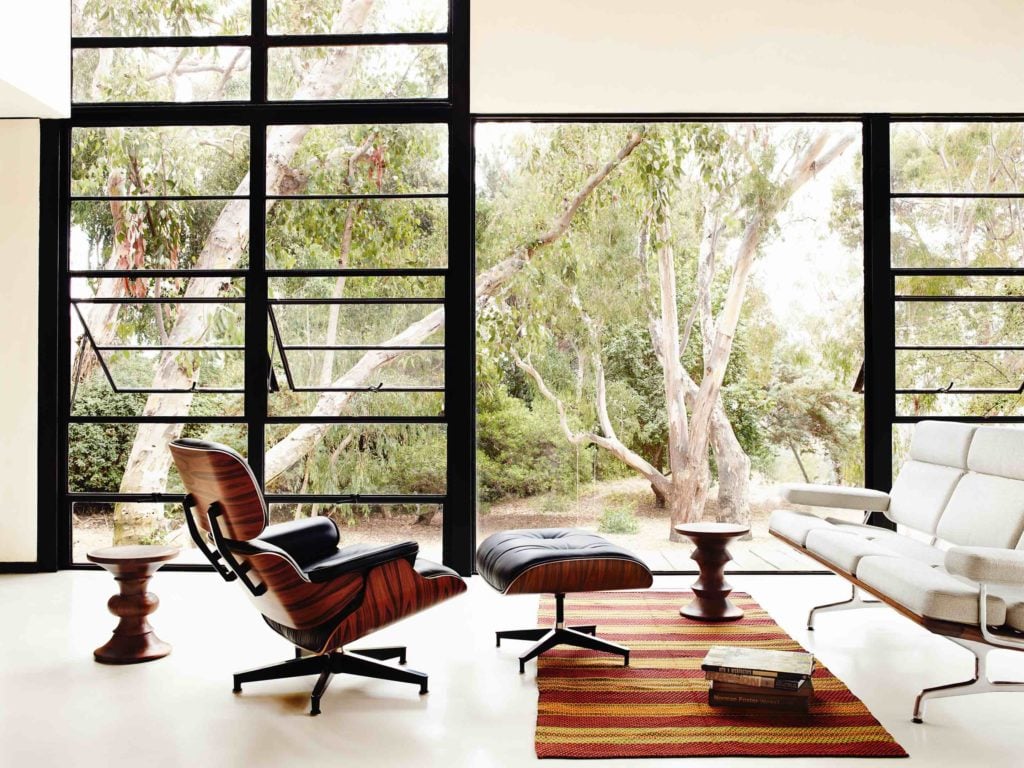
Conclusion
Timeless Beauty and Enduring Influence
In the journey through the pages of Mid-Century Modern Design, we’ve uncovered a design movement that transcends the boundaries of time and geography. Its history is a testament to the power of innovation, optimism, and a profound connection to the human experience.
As we reflect on our exploration, several key points emerge. Mid-Century Design emerged from the post-World War II era, marked by a hunger for renewal and progress. It championed clean lines, organic shapes, and the integration of nature into spaces. Visionary designers like Charles and Ray Eames, Eero Saarinen, and George Nelson reshaped the design landscape with iconic creations that continue to inspire.
In a world where design trends ebb and flow, Mid-Century Design stands as a beacon of enduring elegance and innovation. It reminds us that design, at its core, is an exploration of form, function, and the enduring quest for beauty in simplicity. Embrace its legacy, and let it infuse your spaces with a timeless aesthetic that resonates with the past, present, and the limitless potential of the future.
Frequently Asked Questions
Certainly! One of the hallmarks of mid-century design is its versatility. It can be effortlessly integrated with other design styles, be it traditional, industrial, bohemian, or contemporary. This blend can lead to unique, eclectic spaces that resonate with individual tastes.
Identifying authentic mid-century modern items often requires a discerning eye. Key indicators include the craftsmanship, materials used, specific design characteristics like tapered legs and clean lines, and sometimes markings or labels from renowned manufacturers or designers of that era.
“Mid-century” often refers to the period itself and its broader design trends, while “mid-century modern” is more specific, denoting a distinct design movement characterized by its clean lines, organic shapes, and innovative use of materials.
While both modern and mid-century modern emphasize clean lines and functional design, the latter often incorporates more organic forms, earthy colours, and a distinct nod to the 1950s and 1960s aesthetic. “Modern” design can be more encompassing, referring to a broader range of design trends from the 20th century onwards.
The mid-century modern aesthetic encapsulates a harmonious blend of form and function. It celebrates organic shapes, clean lines, innovative use of materials, and a profound connection to nature. Whether in architecture or furniture, it stands as a testament to design that is both practical and visually captivating.
